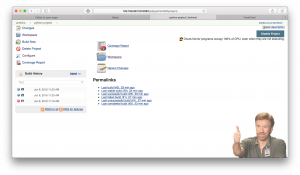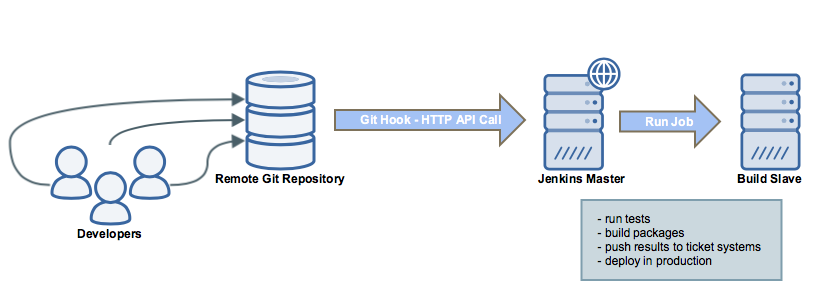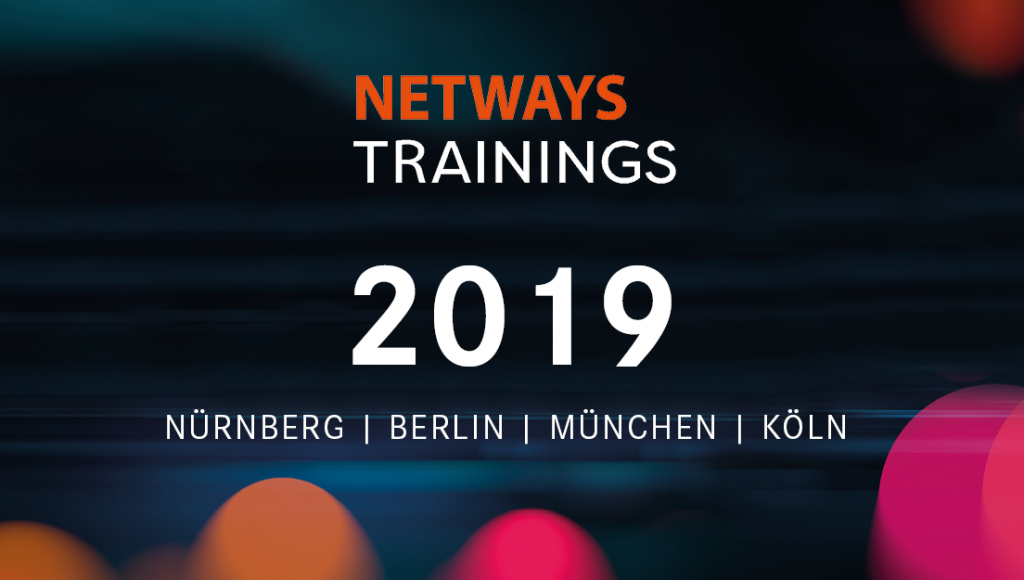
Zum Beispiel zum Icinga Director. Der Director ist ein Werkzeug zur Konfiguration der Monitoring-Software Icinga mit Fokus auf Automatisierung. Das benutzerfreundliche, grafische Web Interface verleiht dem Director einen ansprechenden optischen Character. Gerade erst wurde das jüngsten Release – Version 1.6.0 – veröffentlicht. Alles Infos zum neuen Director gibt’s im Icinga Blog, alles zum Workshop auf unseren Trainingsseiten.
Icinga Web 2 ist beliebig mit Modulen erweiterbar. In unserem neuen Workshop Icinga Modul-Entwicklung lernen die TeilnehmerInnen die grundlegende Struktur eines Moduls kennen und erfahren, was ein Modul alles erweitern kann, bevor sie selbst ein eigenes Modul schreiben.
Zudem bieten wir in einer neuen dreitägigen Linux-Schulung noch mehr Basis-Wissen für alle Open Source Fans. Als das am zweithäufigsten installierte Betriebssystem zählt Linux längst zu den Standards in Behörden und Unternehmen. TeilnehmerInnen lernen hier die Basics – von Benutzer- über Dateimanagement bis hin zu SSH und Netzwerkkonfiguration – und erwerben so das Praxiswissen für ihre beruflichen Herausforderungen.
Übersicht über alle Termine
Ingesamt umfasst unser Trainingsangebot derzeit 16 verschiedene Schulungen und Workshops zu verschiedensten Open Source Anwendungen. In unserer Schulungsübersicht 2019 haben wir alle NETWAYS Trainings mit Terminen für Sie zusammengestellt.
Außerdem neu: Unsere Trainer kommen in 2019 auch nach Berlin, München und Köln! Alle weiteren Infos und Details zu einzelnen Trainings finden Sie auf netways.de/trainings.
Die komplette Verpflegung, Unterlagen, ein Leih-Notebook und WLAN sind im Schulungspreis enthalten. Bei der Buchung eines Hotels ist unser Trainingsmanager Stefan gerne behilflich, der außerdem auch alle Fragen rund um unsere Trainings gerne beantwortet – per E-Mail oder telefonisch unter 0911 92885-0.
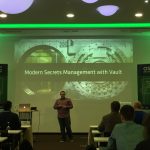



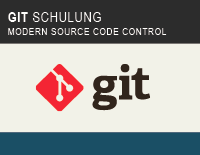
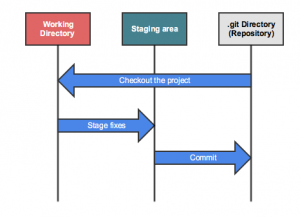 Nach einer kurzen Einführung in die Geschichte von VCS und der Entstehungsgeschichte von Git haben wir anhand von praktischen Beispielen erste Schritte mit Git gemacht – wie initialisiere ich ein Repository, was bedeutet „modified“, „staged“, „committed“, was passiert bei „git add“ und „git commit“? Bevor wir uns in die Tiefe mit Remote Repositories gestürzt haben, kam auch noch das Arbeiten mit Branches und unterschiedlicher Commit-Historie und – natürlich absichtlich provozierten – Fehlern beim Merge und Rebase dran.
Nach einer kurzen Einführung in die Geschichte von VCS und der Entstehungsgeschichte von Git haben wir anhand von praktischen Beispielen erste Schritte mit Git gemacht – wie initialisiere ich ein Repository, was bedeutet „modified“, „staged“, „committed“, was passiert bei „git add“ und „git commit“? Bevor wir uns in die Tiefe mit Remote Repositories gestürzt haben, kam auch noch das Arbeiten mit Branches und unterschiedlicher Commit-Historie und – natürlich absichtlich provozierten – Fehlern beim Merge und Rebase dran.